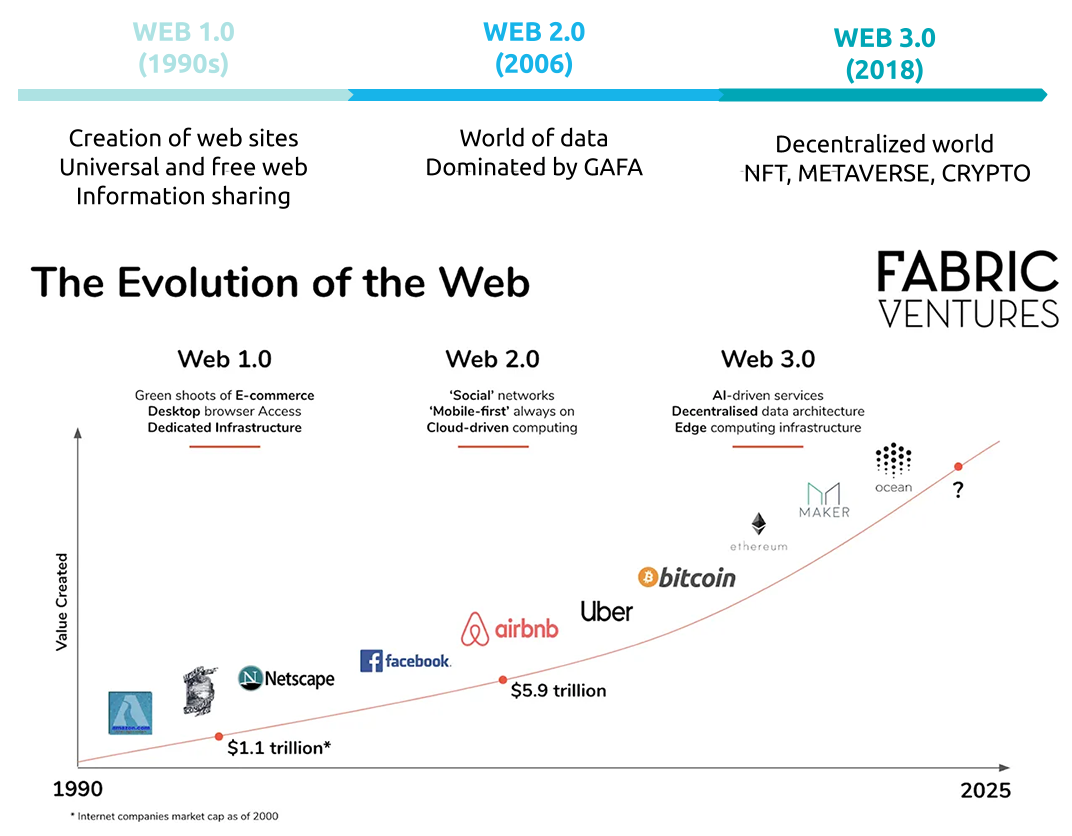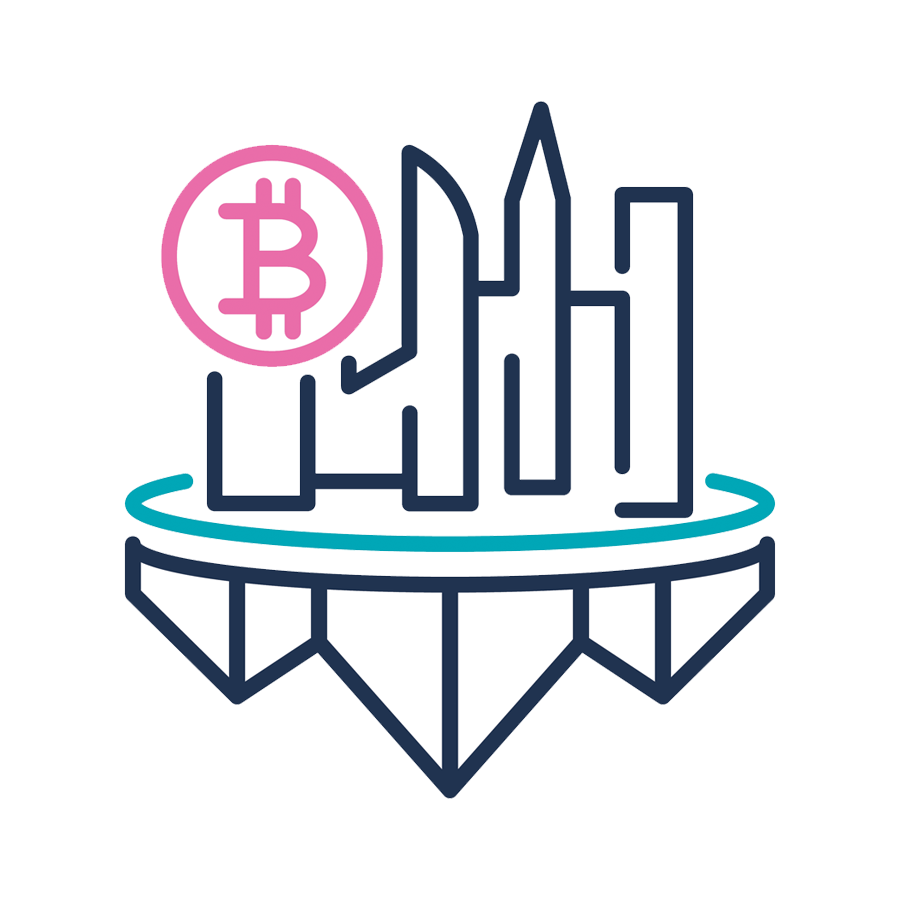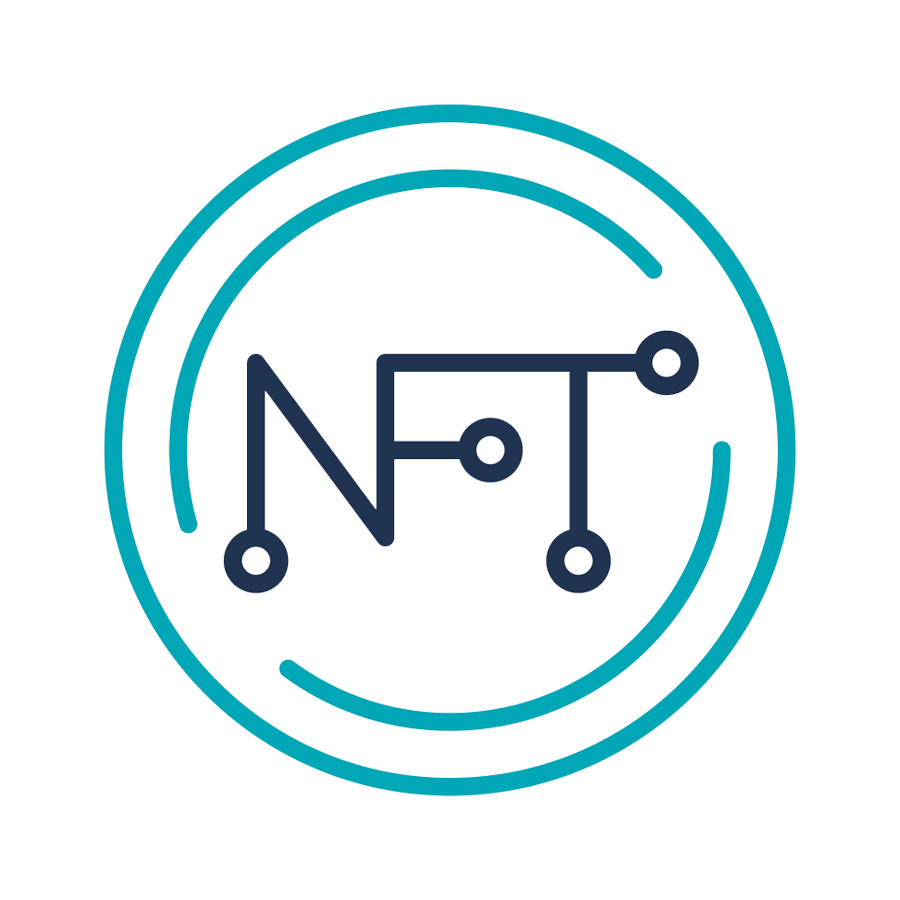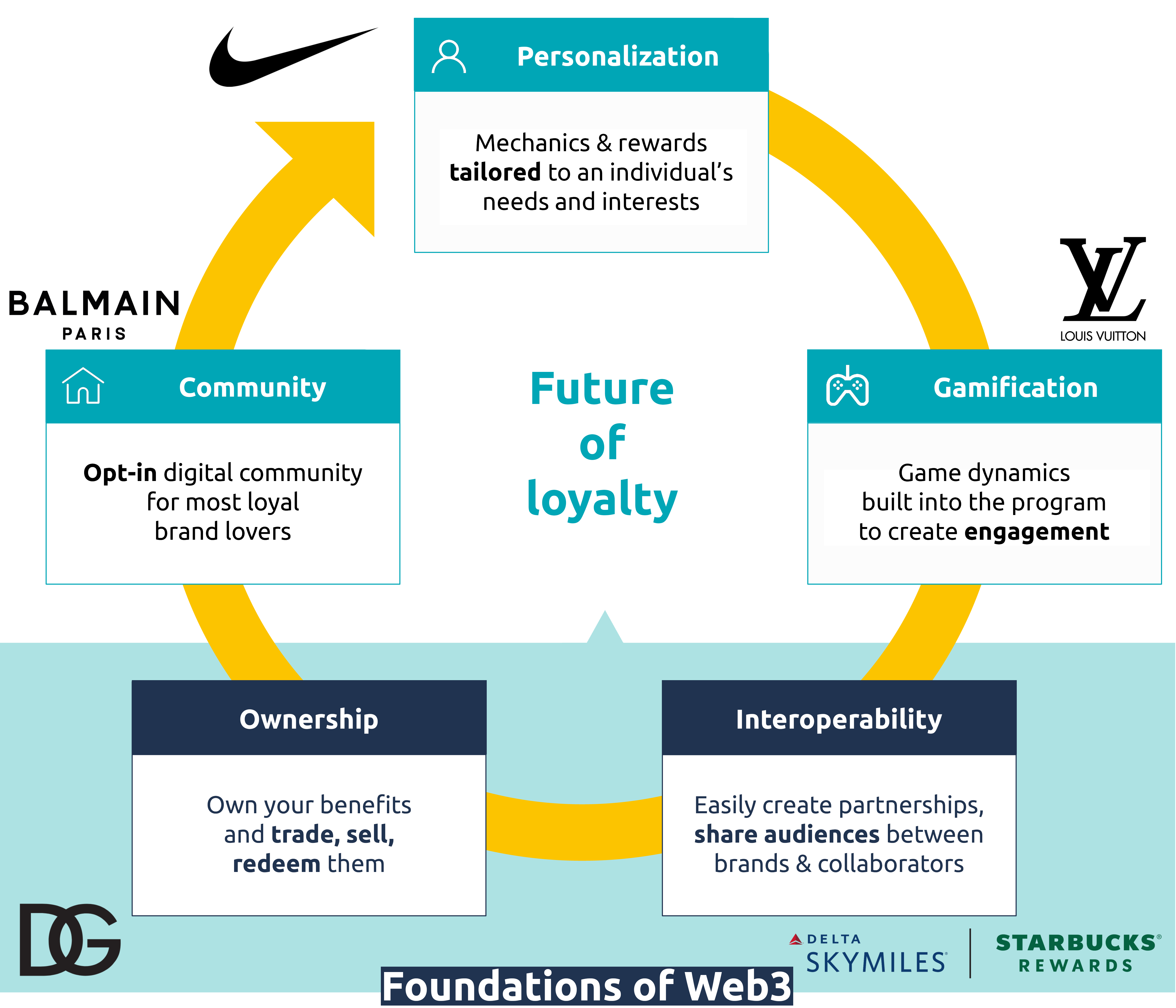The evolution of Web2 has allowed loyalty programs to thrive more than ever before, so much so that over 90% of companies now have some form of loyalty program. Yet, due to their ensuing high prevalence, it is becoming increasingly difficult for loyalty programs to stand out from the crowd and offer a unique value, thus being more at risk of losing their impact.
As Web3 gains traction, we are being exposed to a metaverse built for gaming, social networking, and business. But will it open new paths for customer loyalty?








